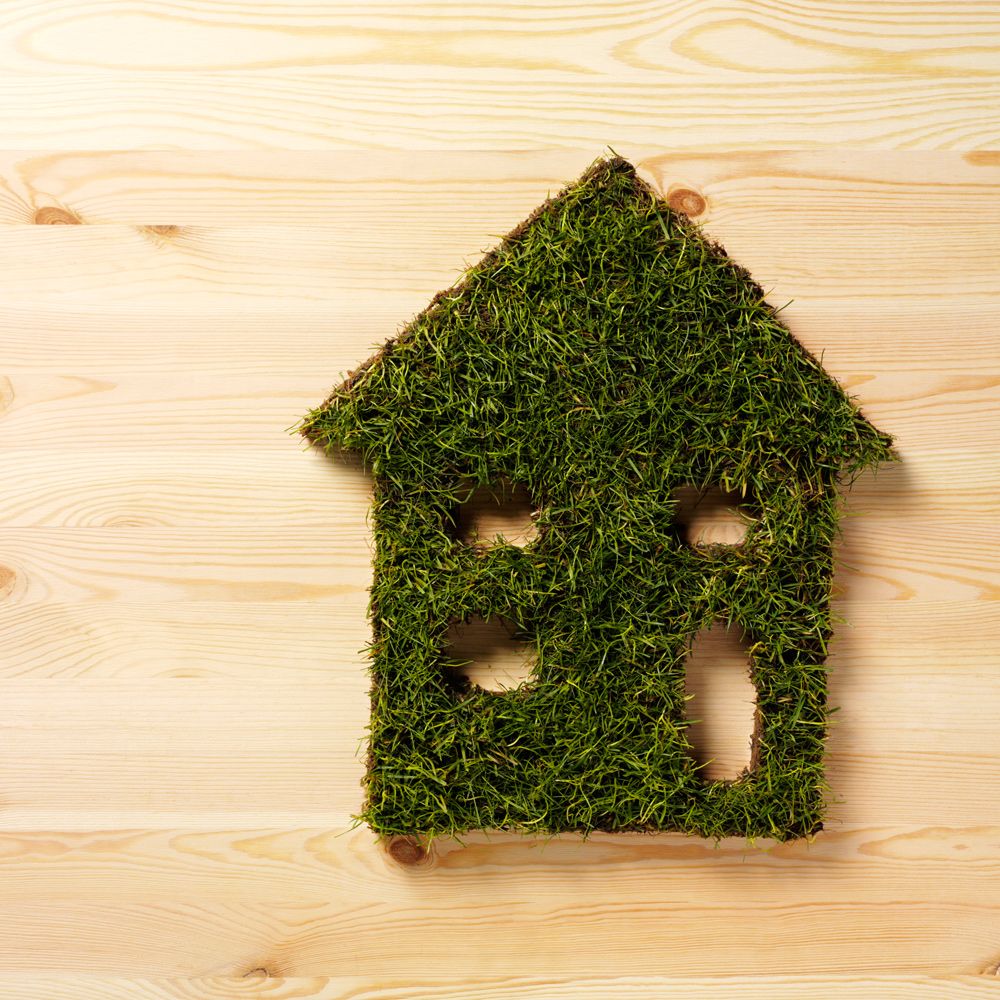My Cart
Your Shopping Cart is currently empty. Use Quick Order or Search to quickly add items to your order!
 Sarah Bottorff
Sarah Bottorff
Technical Support Specialist, Live Materials
January 2016
Life on earth is made up of an ever-changing, incredibly complex network of interconnected and interdependent organisms. Some form of life has managed to sustain itself on earth for the past 3.85 billion years, through ice ages, tsunamis, volcanoes, and asteroids. This means that life has survived 3.85 billion years of trial and error, 3.85 billion years of testing, and 3.85 billion years of rigorous selection and extinction.
Biomimetics is an approach to design that involves the mimicry of the models, systems, and elements of the natural world to solve human problems. Behind the biomimetic approach is the idea that living organisms have evolved well-adapted structures and materials over time through natural selection. While not meant to replace human technique and innovation, biomimetics encourages designers and engineers to consider how problems, such as temperature regulation and resource renewal, are solved in natural systems.
Over two weeks, students will assume roles in a hypothetical architecture firm. Students can be organized into cooperative project groups with defined roles (to be assigned by the instructor or student selected) for the duration of the project. They will address the following scenario:
Your firm provides designs for energy-efficient, low-impact permanent structures. Over the last few months, the firm has received several requests from around the world to design model homes that can be heated and cooled efficiently, and to showcase designs that incorporate biomimetics in their approach to architecture.
Working in groups of 2 to 3, you’ll research, design, and build a model home that incorporates at least 2 ideas inspired by the natural world. You’ll then test the heating and cooling capabilities of your model structure. After testing, you’ll evaluate your design as well as the designs of other groups.
A variety of building materials can be purchased at a building supply store. Encourage students to use recycled or repurposed materials such as cardboard, newspaper, or file folders to build their model homes.
The standard for tile is 1 square foot. Measurement is best done using feet and inches rather than metric units. Tiles can be manipulated using tile cutters, which will allow students to build houses that are not square.
Computers enabled with CAD software may be useful in design. If your school has a drafting or engineering program, consult with that department about what resources may be available for you to use.
Acetate for the windows and oversized graph paper for the plans can be purchased at an office supply store as transparency film. The graph paper should be ruled in some fraction of an inch.
Projects can be assessed based on four criteria. From this list, choose what is most appropriate for your students’ skill and interest level.
Benyus, J. M. (1997). Biomimicry (p. 1). New York: William Morrow.
Benyus, J. (2005, February). Janine Benyus: Biomimicry’s surprising lessons from nature’s engineers [Video file]. Retrieved from http://www.ted.com/talks/janine_benyus_shares_nature_s_designs
Benyus, J. (2009, July). Janine Benyus: Biomimicry in action [Video file]. Retrieved from http://www.ted.com/talks/janine_benyus_biomimicry_in_action
Bhushan, B. (2009). Biomimetics: lessons from nature—an overview. Philosophical Transactions of the Royal Society A: Mathematical, Physical and Engineering Sciences, 367 (1893), 1445–1486. Retrieved from http://rsta.royalsocietypublishing.org/content/367/1893/1445
Biomimicry Institute. Biomimicry Education Network (BEN). http://ben.biomimicry.net/
Pawlyn, M. (2010, November). Michael Pawlyn: Using nature’s genius in architecture [Video file]. Retrieved from http://www.ted.com/talks/michael_pawlyn_using_nature_s_genius_in_architecture